When to open blackberries after winter?
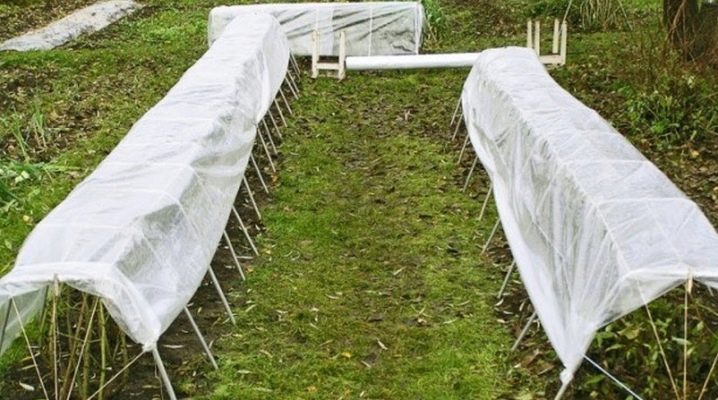
Blackberries, like most bush berry crops, require shelter for the winter. If this is not done, then you run the risk of missing some bushes, ready for further growth and development. The only exception is Greater Sochi - the warmest region (district) in Russia: subzero temperatures there are a wonder even in February.
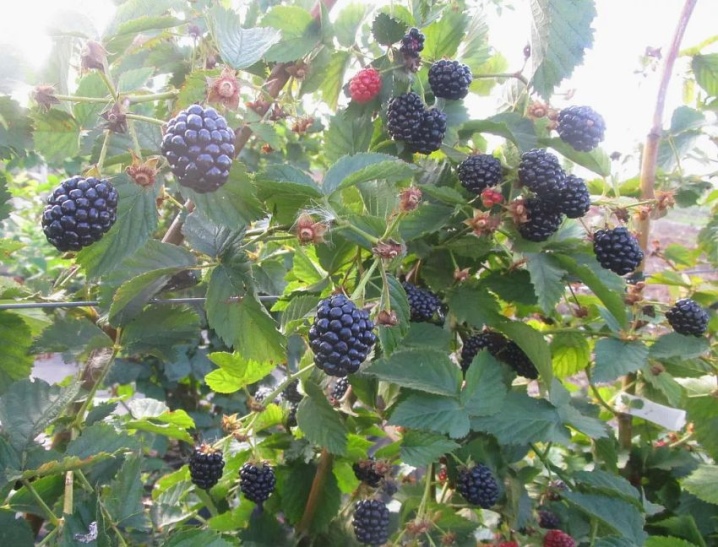
Influencing factors
In freezing temperatures, blackberries should be under cover. The same applies to the zero mark. Ideally, if the shelter is used not white, reflecting the sun's rays, but colored or even black - on a sunny day it heats up, and in an icy wind, heating the film or fabric in the sun is a serious help in the fight against the cold.
This prevents the branches from freezing, reduces the time they spend in the cold, from which you cannot protect yourself at night.

The film or fabric must be water-repellent, drainage. If in the daytime, at + 3 ° C, there was a rainstorm, and in the morning the temperature dropped, say, to -5 ° C, then the not dry, soaked through the fabric freezes. And with it, the cold is transmitted to the branches experiencing cold stress. Repeated frosts can destroy some of the still living branches.
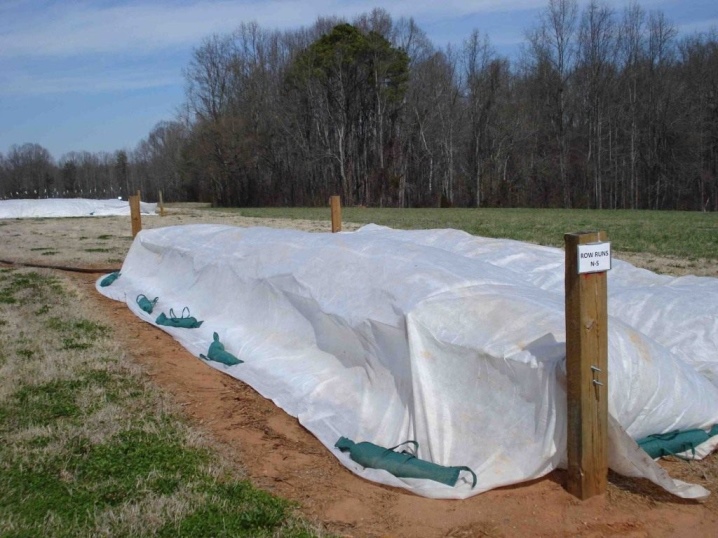
In the future, when in March there will be a temperature jump upwards, and during the day on the thermometer it will be, say, + 11 ° С (especially such weather changes occur in the southern regions), then the branches that are too early to open due to frost will begin to rot due to the accumulated moisture. If some of them have already died out due to frost, then they can attract mold, microbes and fungus, which will invariably spread to still living, healthy lignified shoots.
The months from November to March inclusive are characterized by high humidity. It often rains in the southern regions, snow drifts occur in the northern and central regions of Russia. Periodically, snow and the formed ice thaw - during the period of the so-called anticyclones. The impermeability of the shelter is especially important in terms of not just moisture removal, but, in fact, waterproofing.
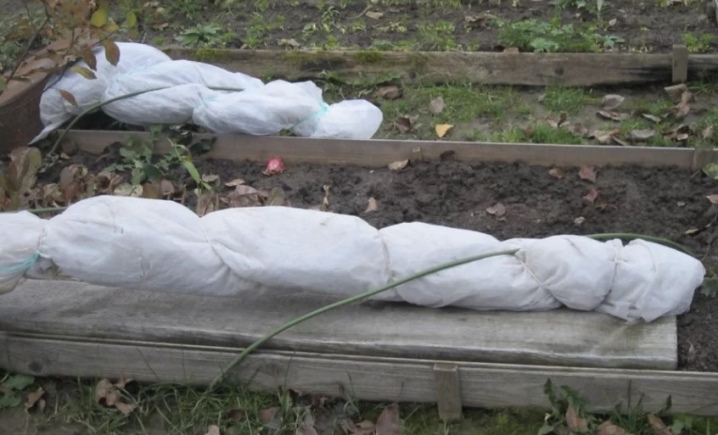
The best solution is polyethylene, the worst is cotton fabric, the intermediate is semi-synthetic fabric, for example, agrofibre, from which wet wipes are made. Agrofibre does not allow itself to be completely flooded, to the bottom, moreover, it "breathes", letting in air, which cannot be said about polyethylene, oilcloth and similar materials. Polyethylene and oilcloth crumple, forming pits on the top of the shelter that collect water, from which, in turn, ice freezes, making the covering layer heavier.
It is important not only to protect yourself from the wind, but also not to let the shelter get wet through at the first rain or fog.

Key dates
The very period for which blackberries take shelter for the winter includes all three winter months and, at least, the second half of November and the first half of March. It forms four full months, during which both blackberries and grapes and other crops similar to them - or vaguely resembling them - must be covered. This is the shortest period - mainly for the Stavropol Territory and the republics of the North Caucasus (within Russia).
For the Krasnodar Territory and Adygea, the dates are shifted to the beginning of November and the end of March, respectively. For the Rostov region, Kalmykia, Astrakhan and Volgograd regions - November 1 and the last day of March. For other regions of the Volga region and the Central Black Earth region - the last days of October and the first days of March.
The farther north, the longer the blackberry must spend under a film or under agrofibre.
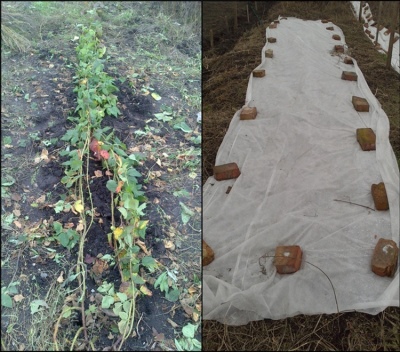
If abnormally warm days happen - for example, there have been cases when the temperature suddenly jumped to +15 in the lowland regions of Dagestan and Chechnya in mid-January - then you can open the blackberry bushes on that day so that the excess moisture goes away. The fact is that the less moisture, the lower the chances for the bushes to freeze during frosts at night.
Plants do not have their own source of heat - although in hibernation mode, like any living organism, the blackberry bush has respiration: oxygen is consumed and carbon dioxide is released. Therefore, every percentage of relative humidity is important here: optimal humidity is when the plant is in conditions close to natural. If you skip these days, then the plants are deprived of the chance to get rid of excess moisture, at which the relative humidity of the air under the film crosses the 90% mark.
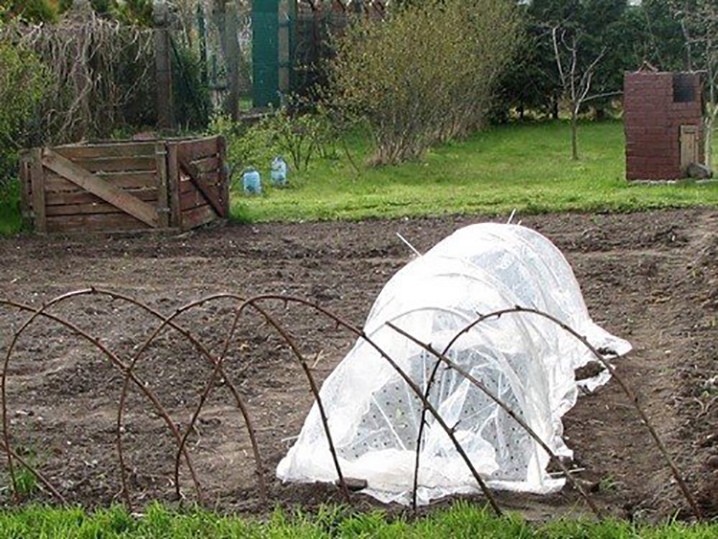
Disclosure time taking into account the region
So, in the south of Russia, after winter, the covering material is removed from mid-March to the first days of April. For the Moscow region, this period is shifted to the middle or end of April - be guided by the weather. Almost the entire middle strip of the country - including the regions at 50-57 parallels of the globe up to the Urals - falls under this period. If the weather was not very good, and the spring was late, then the opening date of the bushes may move very close to May 1.
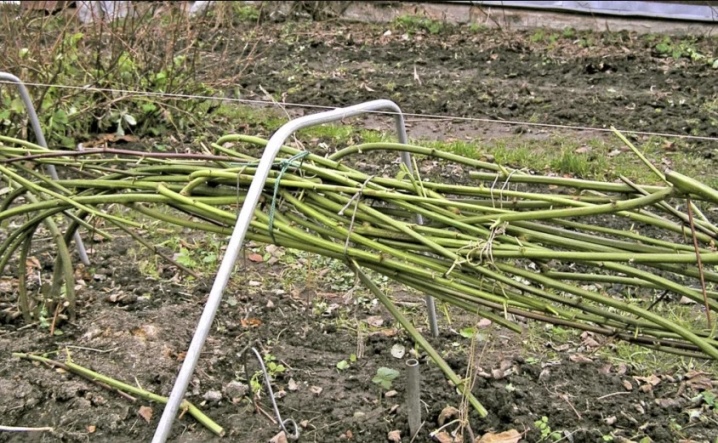
As for the regions of the Urals and the southern part of Western Siberia, the date of removal of the agrofibre is shifted to numbers somewhere between May 1 and 9. The same applies to the Leningrad region, the south of the Komi Republic, Kostroma and a number of other regions, located mainly in the taiga. For Eastern Siberia, its southern part not captured by permafrost, the deadline is postponed to mid-May, in other regions, including the Murmansk region and southeastern Russia, blackberries should be opened by the end of May.
However, in the permafrost zone, the ground thaws on a shovel bayonet. The cultivation of any horticultural crops without bulk land raised above the main ground level, without a greenhouse heated to a small "plus" is extremely difficult.
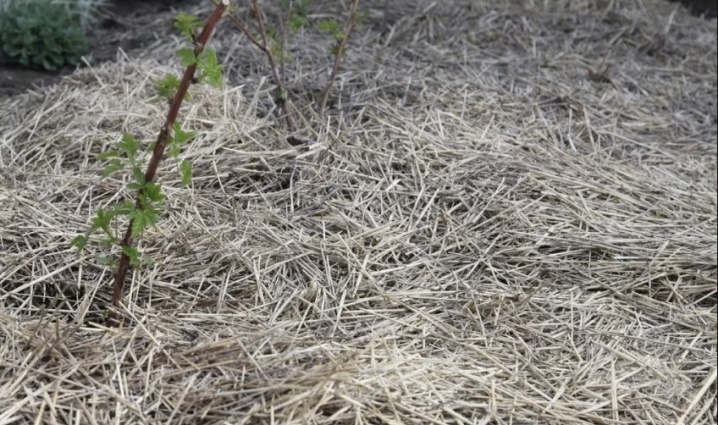













The comment was sent successfully.